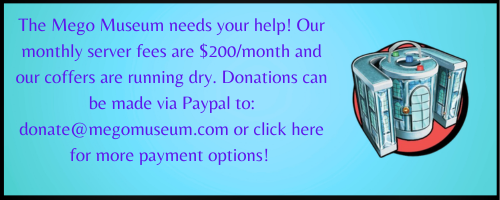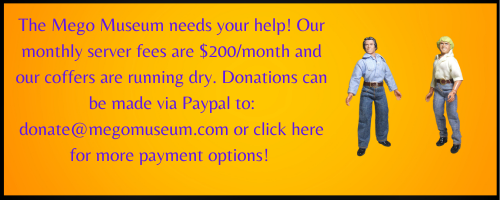Anyone have an alternative method for knee pins on a Type 2 body? I'm fresh out of standard knee pins and I'm looking to use something in place of them but I'm all out of ideas. I have a wooden dowel that is the same size as a standard knee pin but I can't figure out how to secure it to either side of the leg.
Announcement
Collapse
No announcement yet.
Knee pins
Collapse
X
-
Tags: None
-
Knee pins alternative
I have used 6-32 x 1/2" nylon "binding head" machine screw & 6-32 nylon hex nut. You can get these usually at hardware/building supply stores in the "specialty/hard-to-find" hardware/fastener display drawers. NOTE: The "screws" and "nuts" are generally sold separately (not sold together as "screws & nuts").
"Binding head" is similar to (or another name for) a "pan" head screw - it is a somewhat flattened "round" head screw - the 6-32 nylon one's I have used are SLOTTED ("standard" screwdriver drive not phillips).
These 6-32 x 1/2" nylon machine screws are:- White (don't blend/match well with other colors) [-]
- Easier to assemble/disassemble than knee pins [+]
- Sturdier/tougher - less prone to breakage than knee pins [+]
- Comparable unit cost to knee pins [+/-]
- Works in the ABSENCE of knee pins [+]
[-] indicates a "NEGATIVE" aspect or feature (disadvantage)
[+] indicates a "POSITIVE" aspect or feature (advantage)
[+/-] indicates no obvious advantage or disadvantage to costComment
-
As much as I can think of alternatives, is there something wrong with replacement pins offered from doc mego or ctvt? They may not be as cheap, but will end up looking a lot nicer.Comment
-
Thanks for all the advice guys! grbobf, I appreciate all the details and information on these nylon screws and I think I'll have to check them out. At least for back-ups. HapSlash, there's absolutely nothing wrong with the replacements that CTVT and Doc both provide. I typically use them but this was a instance where I was in a pinch and needed alternatives
Comment
-
Exactly what I was thinking. Thanks for the detailed info!I have used 6-32 x 1/2" nylon "binding head" machine screw & 6-32 nylon hex nut. You can get these usually at hardware/building supply stores in the "specialty/hard-to-find" hardware/fastener display drawers. NOTE: The "screws" and "nuts" are generally sold separately (not sold together as "screws & nuts").
"Binding head" is similar to (or another name for) a "pan" head screw - it is a somewhat flattened "round" head screw - the 6-32 nylon one's I have used are SLOTTED ("standard" screwdriver drive not phillips).
These 6-32 x 1/2" nylon machine screws are:- White (don't blend/match well with other colors) [-]
- Easier to assemble/disassemble than knee pins [+]
- Sturdier/tougher - less prone to breakage than knee pins [+]
- Comparable unit cost to knee pins [+/-]
- Works in the ABSENCE of knee pins [+]
[-] indicates a "NEGATIVE" aspect or feature (disadvantage)
[+] indicates a "POSITIVE" aspect or feature (advantage)
[+/-] indicates no obvious advantage or disadvantage to costComment


Comment